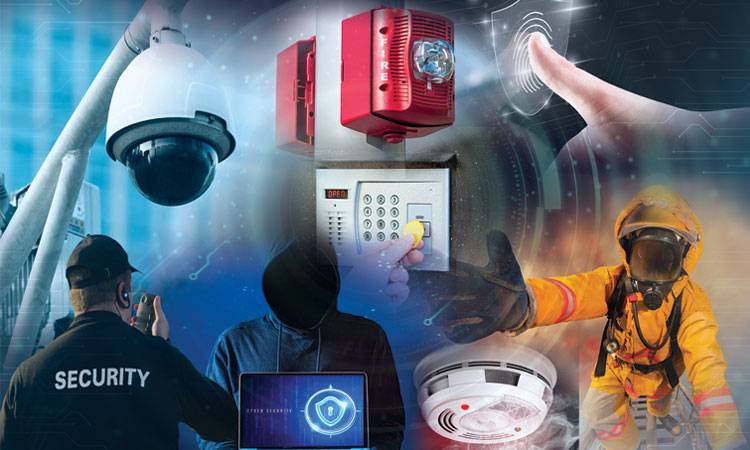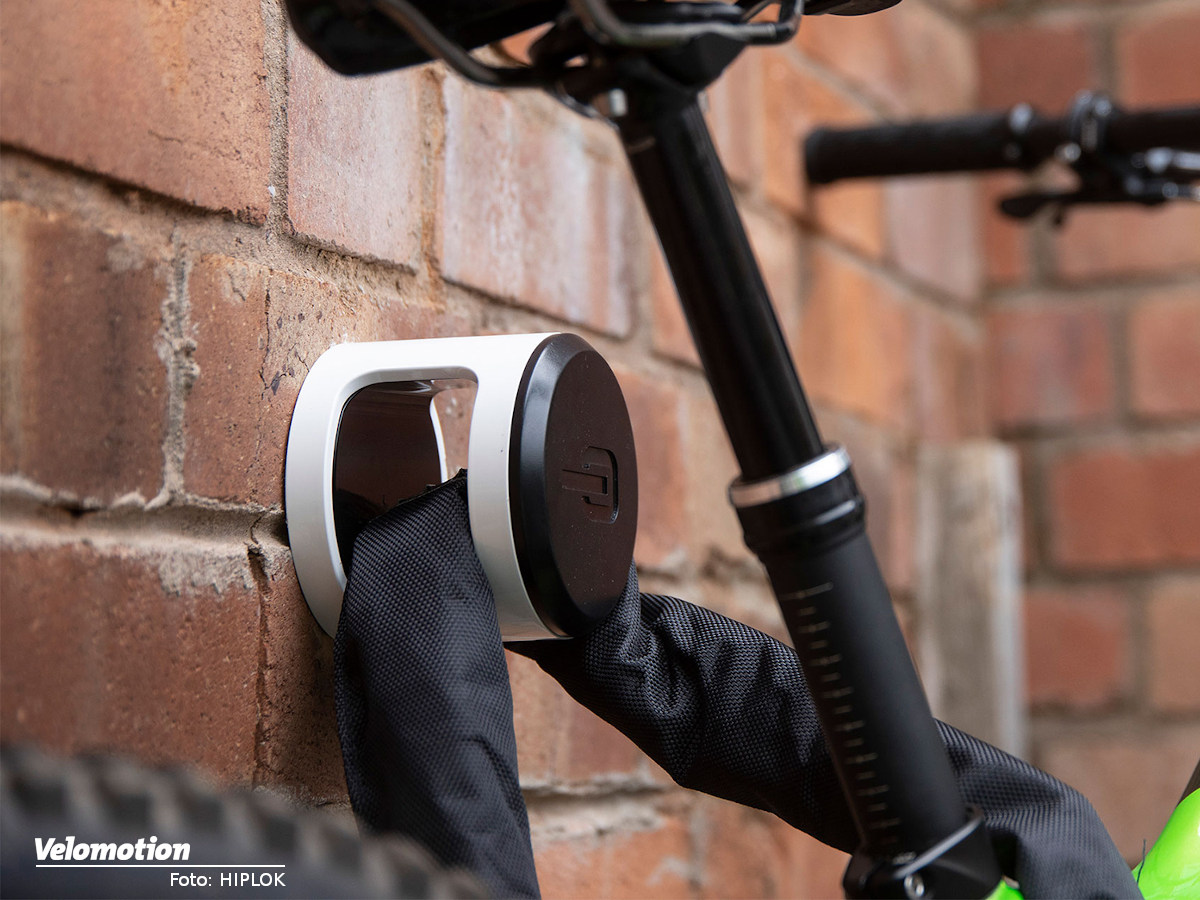Top Trends in Access Control Systems Manufacturers and Their Impact on Security Equipment
Top Trends in Access Control Systems Manufacturers and Their Impact on Security Equipment
Blog Article
Discovering the Role of Accessibility Control Solution in Enhancing Safety And Security Devices Efficiency and Effectiveness
Access control systems are increasingly recognized as important elements in the landscape of security management, offering an organized strategy to regulate accessibility to sensitive locations and info. Their ability to incorporate with numerous security modern technologies, such as surveillance cameras and alarm system systems, significantly enhances the total efficiency and efficiency of safety and security operations.
Understanding Gain Access To Control Equipment
Gain access to control systems play a critical role in making certain the protection of numerous environments, from business offices to sensitive government facilities. These systems regulate that can get in or exit an assigned location, thereby safeguarding properties and sensitive info. The basic parts of access control systems consist of consent, identification, and authentication procedures.
Identification entails confirming a person's identification, generally via qualifications such as key cards, biometric information, or passwords. When recognized, verification validates the individual's right to accessibility, usually via multi-factor authentication techniques to enhance safety. Last but not least, authorization figures out the degree of access provided, enabling distinguished authorizations based upon duties within the organization.
Gain access to control systems can be classified right into 2 main kinds: rational and physical. Physical access control relate to tangible locations, while sensible access control governs digital information systems. Both types function synergistically to give detailed security services.
Integration With Security Technologies
The assimilation of access control systems with other security modern technologies is crucial for creating an all natural security atmosphere. By incorporating accessibility control with video clip monitoring, intrusion discovery, and alarm system systems, companies can boost their total safety and security posture. This interconnected framework allows for real-time tracking and quick action to safety occurrences, enhancing situational awareness and operational effectiveness.
For example, integrating gain access to control with video clip monitoring makes it possible for protection workers to validate accessibility occasions visually, ensuring that only authorized people are approved entrance. When accessibility control systems are connected to alarm system systems, any kind of unauthorized accessibility attempts can set off instant notifies, motivating speedy action.
Moreover, the assimilation of accessibility control with cybersecurity procedures is increasingly crucial in safeguarding sensitive information and physical properties. By lining up physical protection protocols with IT safety systems, companies can make certain that both electronic and physical gain access to factors are monitored and regulated efficiently.
Benefits of Improved Safety Workflow

Furthermore, improved security operations promote real-time surveillance and occurrence action. With integrated systems that include monitoring video cameras, alarms, and access controls, safety teams can promptly identify and deal with potential hazards. This aggressive technique enables timely interventions, decreasing the possibility of security violations and potential losses.
Additionally, reliable protection operations add to a culture of security within the organization. Employees are likely to feel even more secure when they understand that durable procedures are in location, causing increased morale and productivity. Furthermore, making use of information analytics from access control systems makes it possible for organizations to evaluate safety fads, boost plans, and allocate sources properly.
Considerations and challenges

Furthermore, organizations must resolve the possibility for information breaches. Accessibility control systems usually manage delicate information, and any type of susceptabilities can subject this information to unauthorized access. custom security solutions. Guaranteeing robust cybersecurity steps is vital to protect versus such threats
User training is another essential factor to consider. Employees have to recognize exactly how to utilize access control systems effectively, as improper usage can result in security voids. Moreover, organizations should stabilize safety and security with individual convenience; excessively restrictive access can hinder productivity and result in workarounds that compromise safety and security protocols.
Compliance More Help with lawful and regulative demands is also extremely important. Organizations needs to guarantee that their access control systems fulfill industry criteria and regional laws, which can differ considerably. The recurring maintenance and monitoring of these systems require committed resources, making it vital for organizations to designate appropriate budget plans and employees to guarantee lasting effectiveness and effectiveness.

Future Fads in Access Control
Expecting the future of access control discloses a landscape increasingly shaped by technological advancements and progressing security requirements. One substantial fad this content is the integration of man-made knowledge (AI) and device discovering, which boost decision-making capabilities and automate threat discovery. These innovations permit real-time analysis of accessibility patterns, enabling more adaptive and receptive security steps.
Biometric verification is additionally obtaining traction, with developments in fingerprint, facial webpage recognition, and iris scanning innovations using boosted protection and user convenience. As these systems become much more advanced and budget friendly, their adoption across various industries is expected to rise.
Another arising fad is the change in the direction of cloud-based accessibility control systems. These options supply scalability, remote administration, and centralized data storage, allowing companies to improve and streamline procedures performance.
Additionally, the Web of Things (IoT) is set to change accessibility control by allowing interconnected gadgets to communicate and share information, consequently improving situational awareness and protection responsiveness.
Verdict
Finally, access control systems significantly boost the efficiency and efficiency of protection devices by facilitating specific recognition, authentication, and consent processes (access control systems manufacturers). Their integration with monitoring and alarm cultivates a proactive protection atmosphere that resolves prospective violations in real-time. While considerations and obstacles exist, the ongoing advancement of access control modern technologies promises to additional improve safety procedures. Ultimately, these systems are indispensable to protecting delicate locations and information within companies, making certain a robust protection framework.
Accessibility control systems are progressively acknowledged as crucial elements in the landscape of safety and security monitoring, providing a structured method to control accessibility to delicate areas and info. Physical gain access to control pertains to substantial areas, while sensible accessibility control regulates electronic info systems.The combination of gain access to control systems with other safety innovations is necessary for developing an alternative safety atmosphere. Gain access to control systems typically deal with sensitive information, and any susceptabilities can subject this data to unauthorized accessibility. Companies need to balance safety and security with user ease; extremely restrictive access can prevent performance and lead to workarounds that jeopardize safety and security protocols.
Report this page